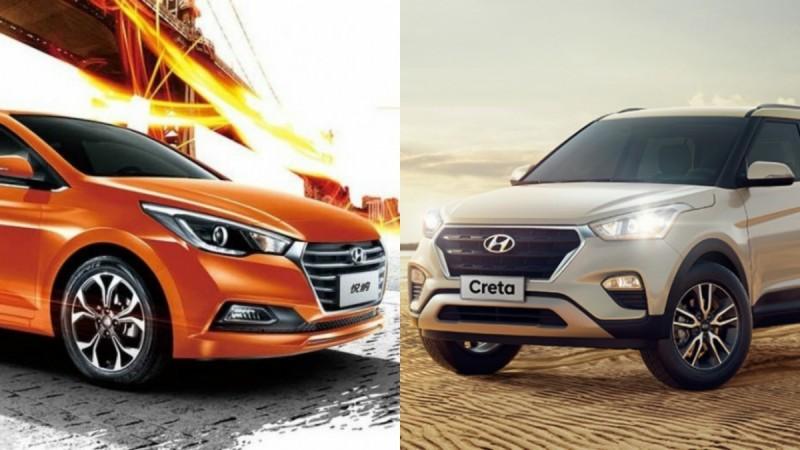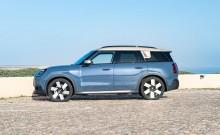
Korean car maker Hyundai is gearing up to launch its new cars with mild hybrid system just like its arch rival in India, Maruti Suzuki. Hyundai India is reportedly working on the mild-hybrid system equipped version of the Creta SUV and the Verna sedan, both due in 2018.
New-gen Hyundai Verna: 5 things you need to know
"We expect these kind of products (mild-hybrid equipped) becoming very big in coming future," ET Auto quoted Rakesh Srivastava, senior vice president of sales and marketing at Hyundai Motor India.
Similar to the Maruti Suzuki's SHVS mild-hybrid system, Hyundai's mild-hybrid system will not be an outright hybrid set-up that uses power from forced induction engine supplemented by electric motor type.
Instead, Creta and Verna hybrid is expected to use the energy generated, while slowing down the vehicle to recharge the battery. Kinetic energy, while slowing down, will be converted to electricity and stored in the lithium ion battery. This energy will reduce the load on the engine by providing momentum while accelerating from standstill. Combined with the idle stop/start system and integrated starter motor, the car will return increased fuel efficiency.
In addition to the better fuel efficiency, hybrid and electric cars in India will benefit from the central government's FAME (Faster Adoption and Manufacturing of Hybrid and Electric- vehicles) scheme, which offers incentives on electric and hybrid vehicles up to Rs 1.38 lakh. This will help Hyundai to price both vehicles competitively in its respective segment.
The mild-hybrid equipped version of the Creta and Verna is expected to debut with the facelift version of the models. Hyundai unveiled face-lifted Creta in Brazil in November and new Verna in China in September. Both cars feature an evolved design which is more contemporary.
In addition, Hyundai is also planning to showcase the Ioniq, company's fully hybrid car, at Auto Expo 2018. The car will be pitted against Toyota Prius and launch is expected in 2018.

















